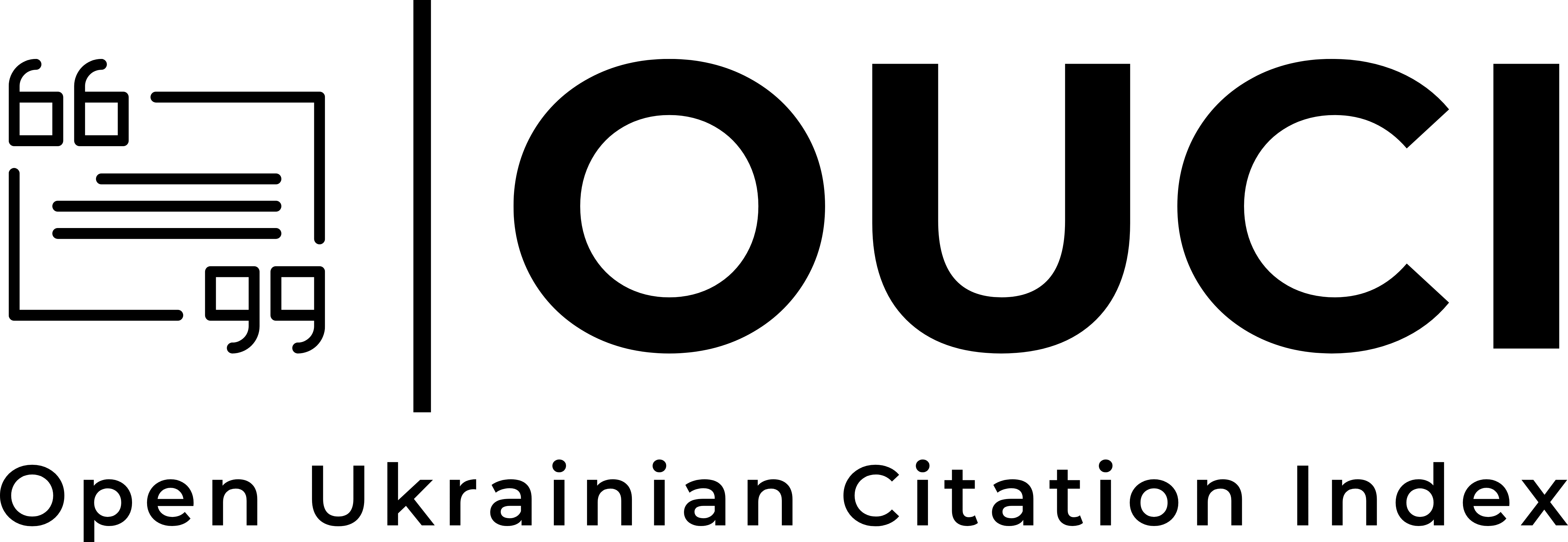An Analysis of the Application of Framing Theory in “Violent” Short Video News:A Case Study of Observer Network
DOI:
https://doi.org/10.5281/zenodo.14678230Keywords:
Short video news, news framing, online communication, violent event reportingAbstract
The “violence frame” is a variant of the traditional “news frame” in the context of short video news. In terms of media effectiveness, it emphasizes and amplifies themes and semantics related to violence within reports, thereby creating an intense sense of dynamism and tension that captivates the audience’s “strong gaze.” It has significant framing effects in drawing audience attention and evoking emotional resonance. However, it also suffers from evident shortcomings, such as being one-sided, sensational, neglecting factual accuracy, distorting the news structure, and propagating media-induced social anxiety. Thus, how to utilize the “violence frame” to communicate specific events in short video news warrants further discussion.
References
1. Xu, X. (2015). New models of news production in the era of big data: Concepts, practices, and reflections on sensor journalism. Global Journalism, 37(10), 107–116. https://doi.org/10.13495/j.cnki.cjjc.2015.10.008
2. Liu, D. (2010). Misuse of the “protest to the death” framework in reports on extreme social events. Media Review, 000(11), 63–66.
3. Liu, N. (2017). Bullet screen culture: Symbolic resistance of “virtual presence” and the illusion of discourse power. Yangtze River Art Review, 2017(6), 6.
4. Dorfman, L. (2001). Framing health messages. Media and Health.
5. Entman, R. M. (1993). Framing: Toward clarification of a fractured paradigm. Journal of Communication, 43(4), 51–58.
6. Gitlin, T. (1980). The whole world is watching: Mass media in the making & unmaking of the new left. University of California Press.
7. Fahmy, S. (2004). Picturing Afghan women: A content analysis of AP wire photographs during the Taliban regime and after the fall of the Taliban. Gazette (Leiden, Netherlands, 66(2), 91–112.
8. Scheufele, D. A. (1999). Framing as a theory of media effects. Journal of Communication, 49(1), 103–122.
9. Iyengar, S. (1991). Is anyone responsible? How television frames political issues. University of Chicago Press.
10. Fahmy, S. (2020). The visual framing of conflicts in the digital age. Visual Communication Quarterly, 27(2), 92–108.
11. Matthes, J. (2020). Framing effects in digital media environments. Communication Research, 47(1), 25–51.
12. Rodriguez, L., & D’Angelo, P. (2017). Visual framing of global events: News photographs and public opinion. Media Psychology, 20(2), 282–305.
13. Scheufele, D. A., & Tewksbury, D. (2007). Framing, agenda setting, and priming: The evolution of three media effects models. Journal of Communication, 57(1), 9–20.
14. van Dijk, J. (2018). The network society. SAGE Publications.
15. Zhang, Y., Wei, X., & Wu, H. (2022). The impact of news framing on public emotions: A study based on social ethics reporting. Media Forum, 5(2), 18–23.
16. Zhao, Q. (2021). An analysis of rhetorical frameworks in livelihood and tourism news from China and the U.S.—A case study of “Aunt Su Min’s road trip”. Science & Technology Communication, 13(14), 70–73. https://doi.org/10.16607/j.cnki.1674-6708.2021.14.026
17. Huang, D. (2002). The construction and dissolution of journalistic professionalism: An interpretation of the history of Western mass media research. Journalism and Communication Research, 9(2), 8.
18. Lin, L. (n.d.). Media representation of China’s national image in The New York Times. [Master’s thesis, Northeast Normal University].
19. Gan, Y., & Dong, T. (2013). A framework analysis of Reference News reports on U.S. presidential elections. Modern Communication, 2013(5), 3.
20. Liu, Z. (2006). Exploration of news framing theory. University Era: Section B, 2006(3), 3.
21. Suo, N. (2016). A study on the media image of the elderly group: A case study of The Beijing News. [Master’s thesis, Zhengzhou University].
Downloads
Published
How to Cite
Issue
Section
License
Copyright (c) 2025 Kuan li, Chuanjia Zhang

This work is licensed under a Creative Commons Attribution 4.0 International License.


























